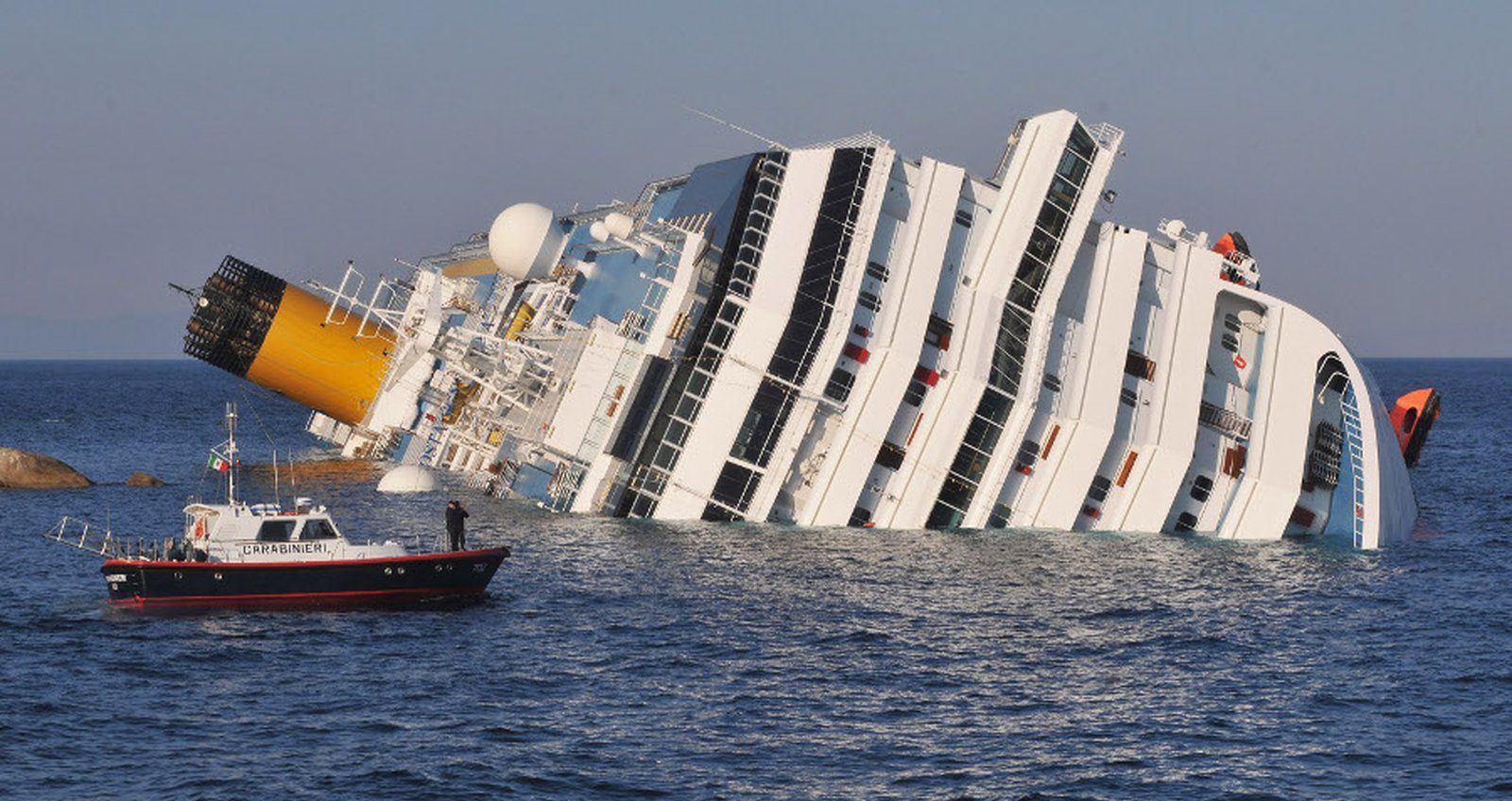The world was shaken on January 13, 2012 when the Costa Concordia struck a rock off the coast of Giglio, a small island located near Tuscany. As night fell on the disaster, over 4,000 passengers and crewmembers, including the ship’s captain, managed to flee the capsized cruise ship. In the end, 17 crewmembers and passengers lost their lives attempting to escape the ship, while 15 others are still unaccounted for as the search for the deceased was called off due to inclement weather and choppy waters.
The cruise industry suffered a setback after the Costa Concordia tragedy, including an expected $155 to $175 million loss for the Carnival Corporation. This, coupled with the impending class action and individual lawsuits being prepared by both U.S. and Italian lawyers against Costa Cruises, has many wondering what impact the tragedy has had on the cruise ship industry as a whole? In the short term, the Costa Concordia disaster has shed a light on passenger safety and the need for stricter regulations and guidelines concerning emergency preparedness.
The Cruising Industry Reacts
Within days of the Costa Concordia wreck, several cruising organizations were quick to remind everyone – including future, skeptical cruisers – of the industry’s past stellar safety record. Millions of people board cruise liners without incident or injury every year, but the tragedy has left many questioning the current safety policies. Carnival Corporation, the parent company of several liners including the Costa Concordia, is set to audit the emergency response and safety regulations of all its ships. The review is being led by Captain James Hunn, Carnival’s Senior VP of Maritime Policy and Compliance. As the Concordia investigation continues, the International Maritime Organization (IMO) and the United States Coast Guard are both reviewing current safety standards to ensure all IMO regulations are being met.
The accessibility of lifeboats has also come into question after the purported post-collision madness. One survivor, who refers to herself as “Michelle” online, described the tragedy in harrowing detail. “We were left alone as the abandon ship sirens screamed, we grabbed a coat and shoes in place of high heels, our life vests, put them on and headed for the lifeboats…” This account, and several others, is leading to an investigation into current IMO lifeboat regulations, which after the Titanic tragedy included a mandate calling for a seat in a lifeboat or raft for every person aboard the ship.
The End of Sail-Bys?
“Sail-bys,” the now-controversial practice of sailing near shore to allow both passengers and observers on land the thrill of viewing one another, are coming under scrutiny after the Concordia’s captain, Francesco Schettino, claimed under oath that his superiors ordered a sail-by, or “salute,” as he passed the small Italian island of Giglio. Schettino testified to a panel of Italian judges: “Costa was aware of the frequent practice of cruise ships performing sail-pasts.” Carnival Corporation has since denied his accusation, although few will speak publicly of the practice. Whatever the outcome of the trial, the practice of sail-bys for the amusement of passengers, crewmembers and onlookers will surely be re-evaluated, or abandoned all together.
How Are Cruisers Reacting?
In 2011, nearly 11 million passengers boarded cruises across the globe, generating an estimated $14.5 billion in revenue. The post-Concordia state of cruising is still yet to be determined, although just weeks after the collision, Carnival Corp. reported a percentage loss compared to last year. The cruise line also reported to the Securities and Exchange Commission that reservations hit an all-time low on January 16, 2012. Conversely, a recent online survey conducted by the online travel industry website Cruise Critic asserted that of the 6,000 people polled, 65% were unaffected by the Costa Concordia capsizing. If anything, the tragedy has prompted veteran and virgin cruisers to question the safety practices and escape procedures of the liners they’re booking. The impact is felt in the short-term, but there is no indication that the cruise industry has suffered a major blow from what many cruisers believe to be an anomaly.
Efforts to extract the 500,000 gallons of fuel left on the capsized ship began on February 12 after weeks of delay due to inclement weather and uncertain seas. As of February 13, crews are said to have removed the contents of 15 tanks, or approximately 84% of the total fuel remaining on the ship. No oil leaks have been reported near the island of Giglio, which is home to several protected animals, including dolphins, porpoises and whales. Italian authorities estimate it will take upwards of seven to ten months to extract enough fuel from the liner to completely salvage the wreckage. What isn’t known is how long the effects of the Costa Concordia tragedy will linger in the minds of past and future cruisers, or if the industry’s safety standards are presently adequate.
This guest post was provided by Shannon Pierce, who is a freelance writer and cruise coordinator. She helps hundreds of people book great cruises, and believes that whether you are booking a Mexico cruise or visiting New York City, it is important to get out and experience the world. Image by by EU Humanitarian Aid and Civil Protection



